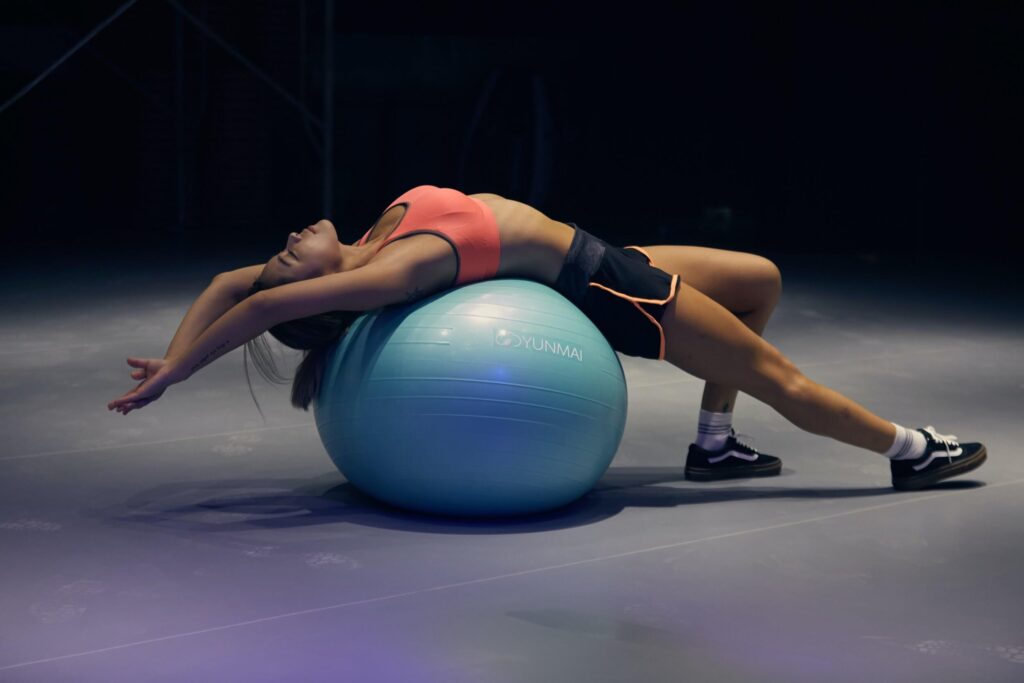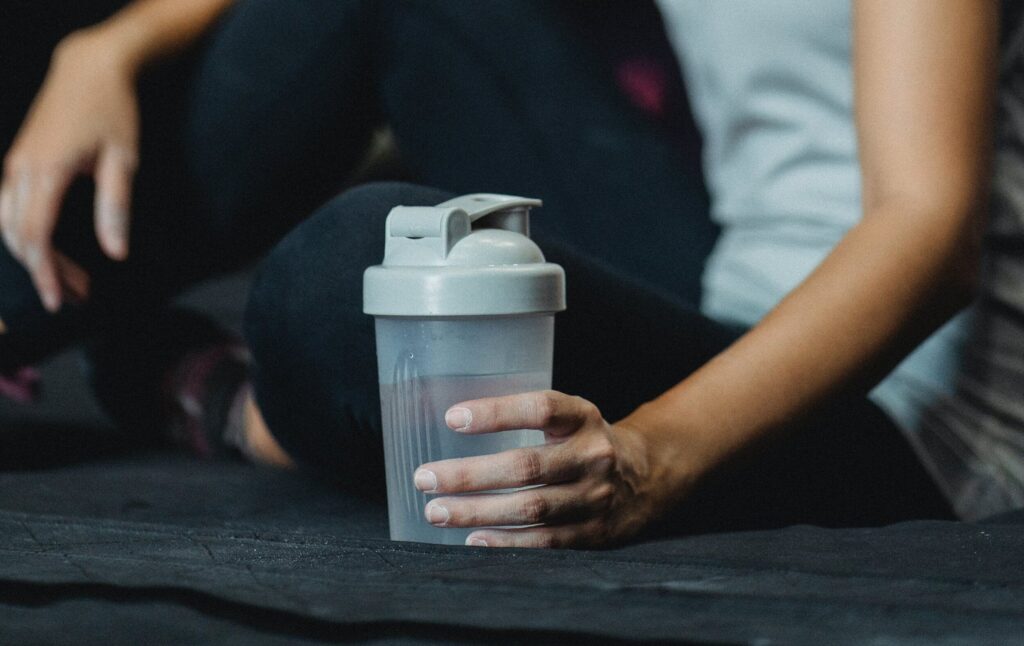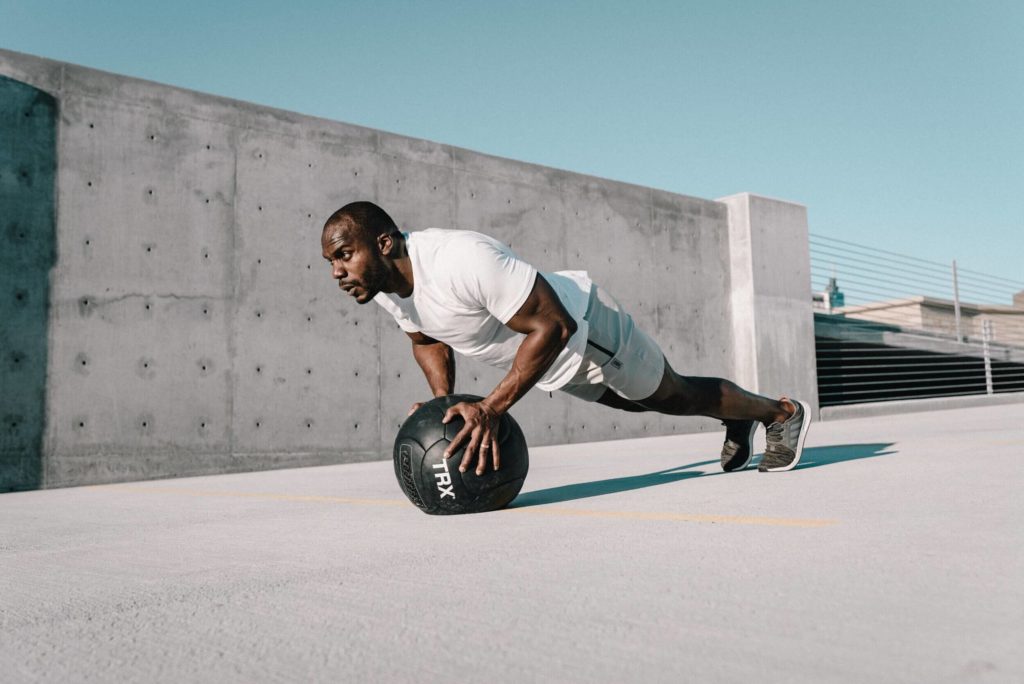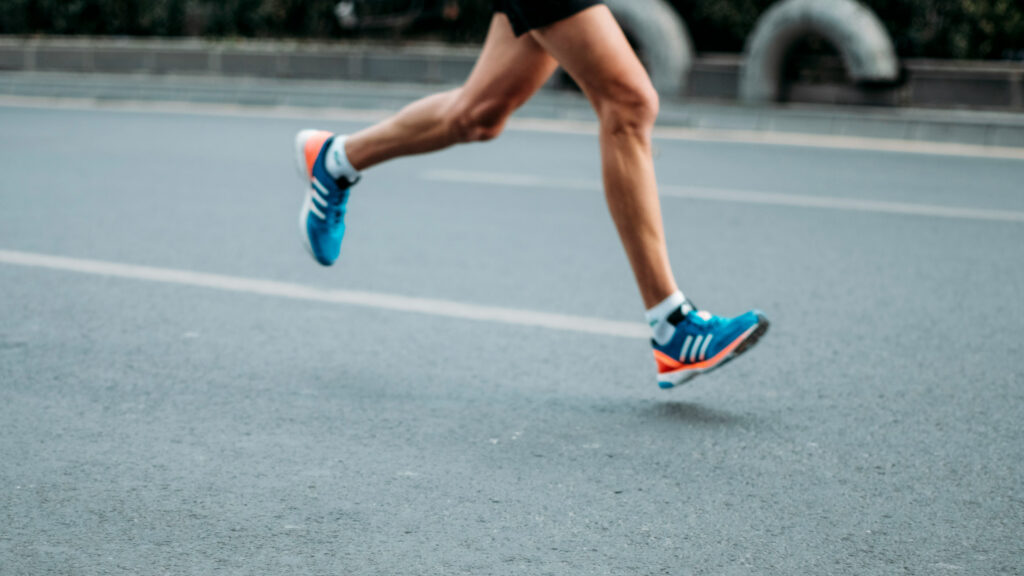Most athletes know that getting enough rest is essential for long-term recovery and performance. But many feel guilty about taking even a day off from the grind. One way to relieve this guilt is by going over the many benefits rest offers.
Implementing methods in your daily routine is crucial to facilitate the recovery and restoration of multiple systems in your body. Finding the right balance between things that stress the body and things that help it recover and function is key to a sustainably active lifestyle and peak performance.

Highlights
- A good recovery routine helps you get stronger and perform better while also decreasing the chances of soreness, pain, and chronic fatigue,
- Muscle growth takes place during the recovery phase, not during the workout phase of a plan. If you have everything on track, look at your recovery plan but find it hard to put on muscle,
- A well-balanced diet and good sleep are some of the best forms of recovery, and only once these two are in place can other techniques be added to supplement and further enhance your recover.
What is recovery? What are the types of recovery?
Recovery can be defined as the restorative process of the mind and body over time. It involves the rehabilitation of an individual’s psychology, physiology, and biopsychosocial balance. When this balance is disturbed by certain external factors of stress (workouts, job, relationships), the condition of fatigue sets in and tires the mind and body.
Though recovery is a crucial part of the exercise adaptation cycle, it is among the least researched, less funded, and most underrated components. In terms of types of recovery, let’s look at the types based on two different components. First, we’ll explore the recovery based on time periods and then the recovery based on your reaction to the training stimulus.
When it comes to recovery based on time periods, there are three major categories to take into account:
- Immediate recovery: This happens in short time periods between successive efforts. For example, between repetitions of a set of bicep curls.
- Short-term recovery: This happens between sets, for example, interval training or between workout sets.
- Training recovery: This happens between workouts or competitions.
There are two major categories of recovery based on our response to training there are two major categories:
Active recovery: Active recovery generally refers to low-intensity aerobic movements such as walking, jogging, swimming, yoga, and more being performed after a strenuous workout. Active recovery is often considered beneficial as it helps remove lactate and hydrogen molecules from muscles while stimulating blood flow and signalling proteins to the localized tissue to help quick recovery.
Passive recovery: During passive recovery, the body is completely at rest and does not involve any activity. Passive recovery also does have its place; it is helpful if a person is injured or in pain. Passive recovery can also help if you have overexerted yourself physically or mentally.
Why is recovery important?
To put it simply, recovery is essential to the long-term functioning of the body in an optimal manner with significantly lower chances of injury, fatigue, or chronic pain.
Your muscles don’t actually grow while working out; they grow in the recovery phase between sessions. Exercise is essentially stress, and when you stress your body over a period of time, it becomes better adapted to dealing with it.
Working out (strength or resistance training) causes micro-tears in the muscles which need to recover. If you don’t give your body time to recover from these micro-tears, it could cause your muscles to get swollen, inflamed, exhausted, and even tear in some cases. Not allowing enough recovery can also lead to overtraining and decreased performance in the long run. Overtraining due to lack of recovery will further compound problems and lead to chronic joint and muscle pain, as you’d add more stress without giving your body the recovery it needs.
Recovery is super important as it helps micro-tears heal and helps the muscles grow and become stronger and larger over time. Even if you’re more into aerobic training (jogging, running, sports), you still need to give your body time to recover. Aerobic training follows the same progressive overload principle as weightlifting, which means you should gradually make things harder over a period of time, thus giving your body time to recover.
When you recover quickly, you can hit your next workout with your full ability and maximise performance. Improving recovery can also lead to better performance without making the workout or training conditions harder, as your body will adapt better to the stress placed on it. However, If you don’t give your body enough time to recover after each session, it won’t see the full benefits of exercise and may even lead to injuries.

What are the 10 ways to improve your recovery process?
- Protein post workout: When you exercise, the protein that makes up your muscles get damaged. Consuming protein right after a workout can help with better recovery and replenish the protein lost during a workout.
- Drink a lot of water: Hydrating after a workout is key to recovery. Without enough water, your body won’t be able to bounce back and take advantage of all your hard work. Depending on the studies you take into account, the average range of water recommended for men is 2 to 3.7 litres per day, and for women, it’s about 2 to 2.7 litres per day. The easiest approach would be to drink water when you are thirsty and judge how you feel throughout the day to see if you need to add more.
- Get enough sleep: Sleep is vital, not just for recovery but for your overall health. Sleep allows your body to repair its muscle tissue. Hormones such as human growth hormone and testosterone tend to increase during sleep, which helps you perform better the next day. Aim for between 7 to 9 hours of sleep each night to maximize your recovery.
- Massage: A massage is a great way to improve recovery and feels good. Massages help improve blood flow to our muscles and tissues and can help reduce the feeling of fatigue after a strenuous workout.
- Myofascial release: Myofascial release is known as ‘foam rolling’. Myofascial release is a form of self-massage and is done by rolling on a foam roller. It helps release knots caused by the fascia (connective tissue). It also helps speed up recovery by increasing blood to the rolled region.
- Contrast therapy: This is not a very popular method of recovery unless you are an athlete because it’s hard to find the facilities for the same. Contrast therapy refers to the contrast between hot and cold. It can also be done in a shower where you start with an extremely cold shower for 45 seconds to a minute, switch to a warm shower for 3 to 4 minutes, and then repeat the same process 3-4 times. Contrast therapy helps increase blood flow and speed up the removal of lactic acid from the body.
- Cryotherapy and ice baths: Both cryotherapy and ice baths follow the same principle, which involves exposing the body to extreme cold for a short duration of time. This exposure to the cold causes our blood vessels to constrict, pushing blood away from the muscles due to the cold temperature. Once you are done and start warming up, your blood vessels allow blood to flow back into the muscle, bringing more oxygen to help your body recover.
- Wearing compression garments: Compression garments have become much more popular in recent years, with many athletes now wearing them. There are, however, only a few studies on their effects on enhancing recovery. The conclusion is that there are both benefits and drawbacks. Elastic muscle clothing tends to reduce some soreness and the perception of fatigue but slows the removal of metabolic byproducts.
- Tart cherry juice: Research has found that drinking tart cherry juice after a workout can help reduce inflammation, muscle damage, and soreness from exercise. More research is needed to see how promising this method of recovery actually is.
- Wearables: Wearables such as watches and bands can be used to monitor your heart rate and how much the heart rate varies. Most athletes tend to underestimate how hard they work, which could let them overexert and cause more damage to their bodies. A heart rate monitor should help you know how close to your maximum heart rate you are reaching and how you can better plan your recovery.
Conclusion
No matter where you are in your current workout regime, you should definitely take some recovery time. It will benefit your performance in significant ways in the future. Consider trying different methods of recovery and see which one works best for you as every individual is different, and what works for one person might not work for someone else.
Whether you are a competitive athlete or a regular at the gym, the best way to maximise your recovery is to eat a well-balanced diet and take care of your sleep. No other recovery technique is going to be able to make up for bad habits in these two areas.
Disclaimer:The contents of this article are for general information and educational purposes only. It neither provides any medical advice nor intends to substitute professional medical opinion on the treatment, diagnosis, prevention or alleviation of any disease, disorder or disability. Always consult with your doctor or qualified healthcare professional about your health condition and/or concerns and before undertaking a new health care regimen including making any dietary or lifestyle changes.
References
1. https://blog.ultrahuman.com/mental-recovery-and-performance/
2. https://blog.ultrahuman.com/methods-of-facilitating-recovery/
3.https://blog.nasm.org/the-science-of-recovery
4.https://www.healthline.com/health/active-recovery
5.https://www.cnet.com/health/fitness/why-workout-recovery-is-so-important/







